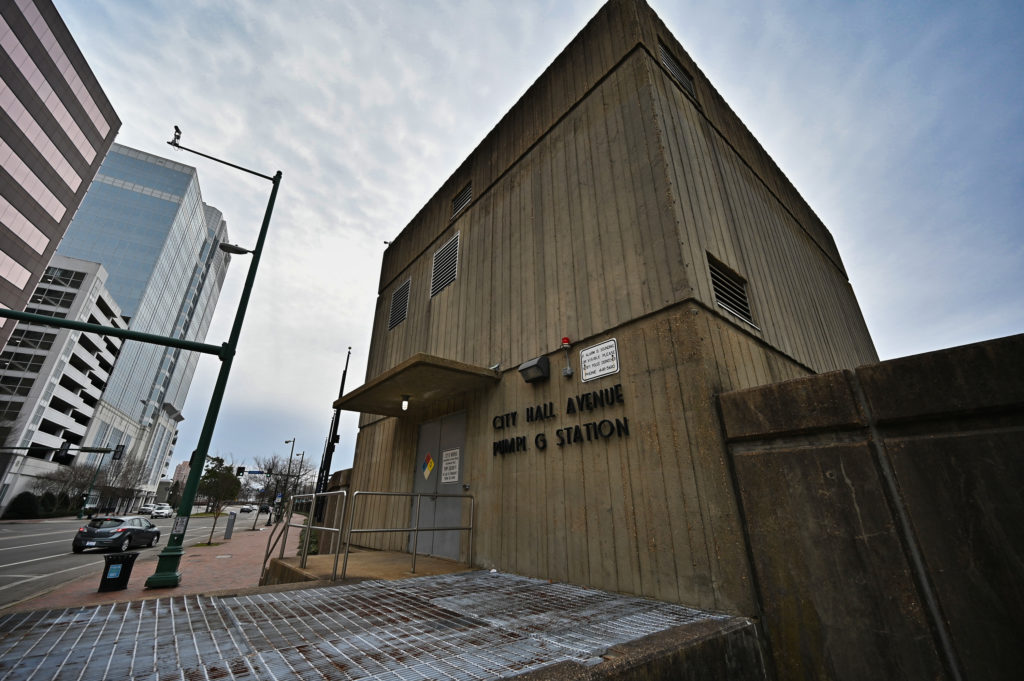It is not really news that Norfolk has a problem with coastal flooding. What is news is the tremendous amount of money the city just received to fund its various coastal resilience projects.
This past January, the Army Corps of Engineers (Corps) announced how they would spend $14 billion from President Biden’s Bipartisan Infrastructure Law. The law intends to strengthen supply chains and bolster climate resilience. (You’ll recall last week Bay Bulletin told you about the Corps money that will rebuild James and Barren Islands with dredged material.) The Army Corps plan also gives the City of Norfolk an incredible $328 million to increase community resilience to flooding and to deepen the harbor. About $249 million of that amount is earmarked for coastal resilience projects.
Norfolk has been identified as one of the most flood-vulnerable cities on the east coast. And with all the military in the area, it makes sense that the Corps decided to give Norfolk a hand. Much of downtown has been built on fill. The area is at risk because of sinking fill and rising water levels.
Norfolk already has a floodwall downtown. It was completed in 1971. The existing wall has allowed downtown businesses to pay less for flood insurance. But areas to the east and west of downtown do not have such protection. And the Hague, home to icons such as the Chrysler Museum of Art and some notable architecture such as Christ and St. Luke’s Church, is vulnerable to major flooding events. This funding will allow for the design and construction of surge barriers, levees, and pump stations. The downtown floodwall will be extended east to the Campostella Bridge and west all the way to the Midtown Tunnel. A floodgate will be installed for the Hague.
Norfolk received this money because the city has been highly proactive, conducting extensive planning and research on flooding. Kyle Spencer, Acting Chief Resilience Officer for Norfolk, said “Norfolk has been planning on this for years. We have done the research and have the data that the Corps required before they issued funds. Norfolk is ahead of many coastal communities in this regard. Norfolk is actually assisting other coastal cities, such as Charleston, South Carolina, as they implement resiliency programs.” Spencer noted that the city expected funding from the Corps, but did not expect this much. He explained that “this money is in the Corps’ budget, for them to spend with matching funds from Norfolk, on these projects.” The money was not simply handed over to the city.
Considering the Hague, Spencer said a floodgate will be installed where the Hague passes under West Brambleton Avenue. “Along with pumping stations and other technology, the Hague will be protected from major flooding events,” he said. Prior to a major storm, the gate can be closed at low tide. This allows rain water to drain into the Hague, but keeps coastal flood waters out. They are also planning flood protection for the Lafayette River watershed. Spencer noted that these efforts are targeted for major flooding events, such as hurricanes, and will not necessarily reduce what is commonly called nuisance flooding. Spencer further noted that it will take some time to implement all of this, as there are engineering and construction hurdles that need to be completed.
-Kendall Osborne




